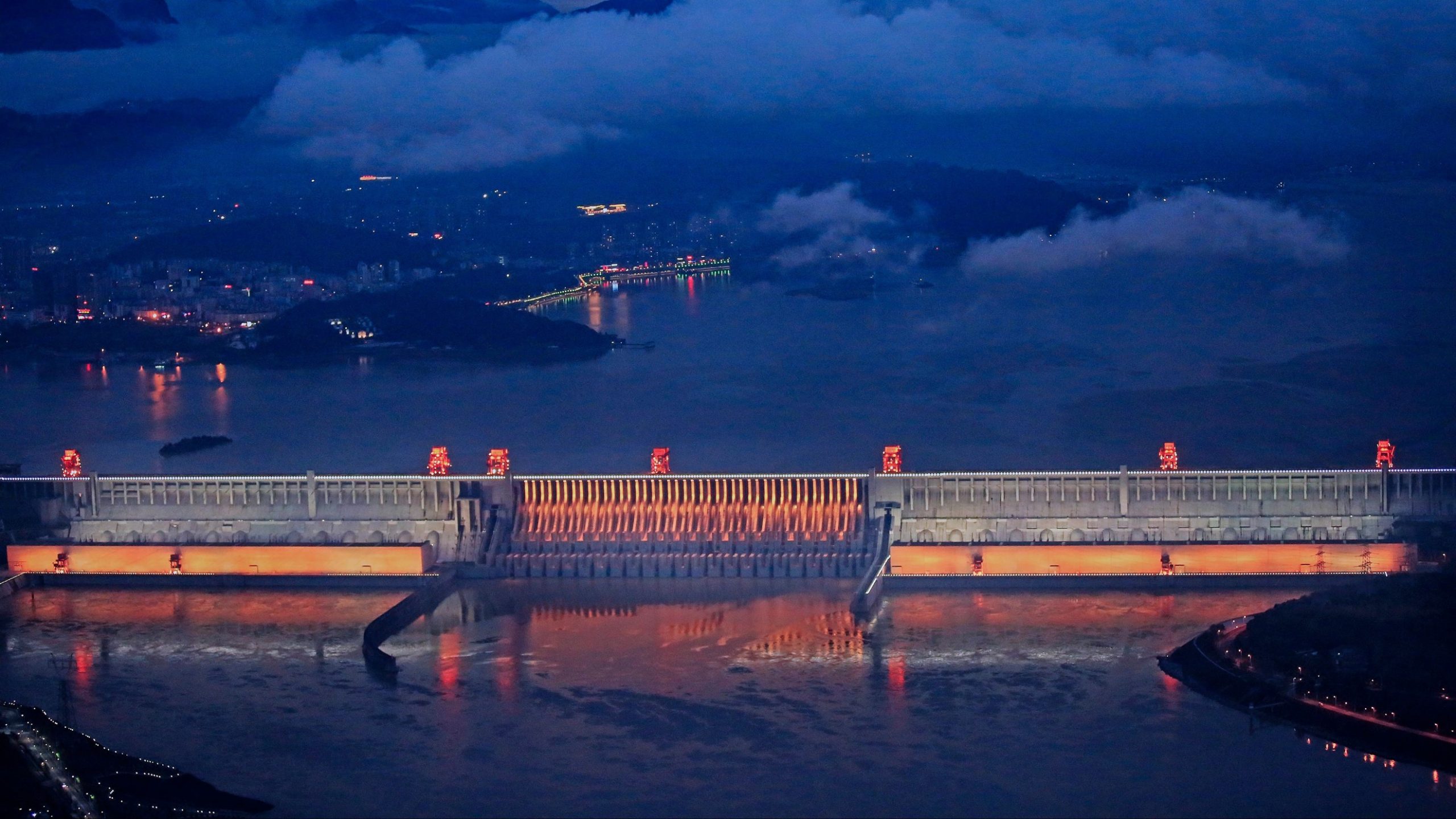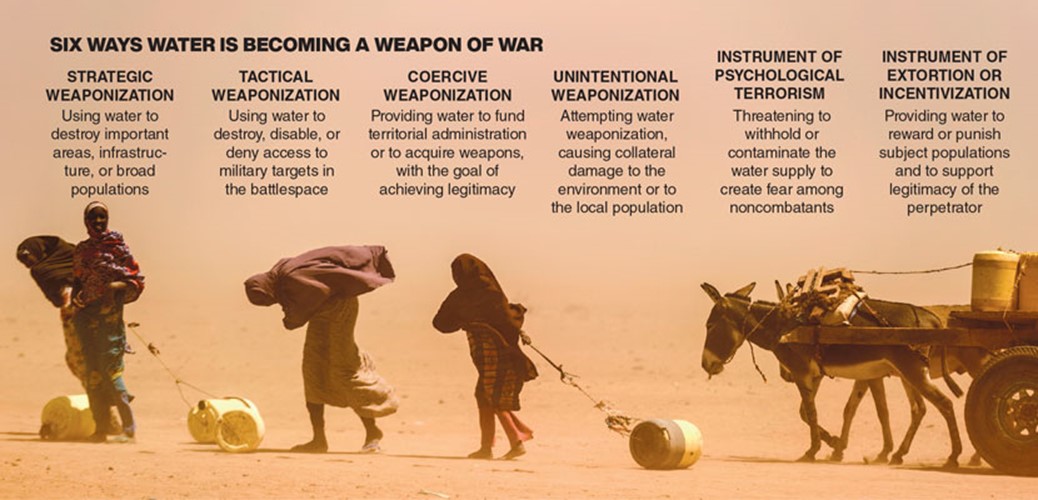
The role of water as a strategic asset and powerful tool during violent conflict and war is not new. Water resources have been used as a weapon in the recent conflicts in Syria and Iraq. The weaponization of water gained prominent attention when the so-called Islamic State (IS) began to frequently and systematically use water. Gaining control over important water resources and capturing key water infrastructures was part of IS’ territorial expansion strategy. Particularly the large dams along the Euphrates and Tigris allowed IS to effectively manipulate the region’s most important resources.
The example of Fallujah Dam in April 2014 illustrates in a “nutshell’ the broad spectrum and multiplicity of the weaponization of water by IS. After capturing the dam, IS closed the floodgates and withheld the Euphrates water in the reservoir reducing the water flow to Baghdad. As the increasing water was about to also flood IS positions, the militia released water through an irrigation channel into a side valley. This resulted a massive flooding of an area of 200 square kilometers, inundating territories up to 100 kilometers away.
During the anti-IS campaigns, it was difficult to retake the infrastructures and dams from IS. As the sites could not be attacked via airstrikes, dams were strategic and relatively safe places for IS. Larger water-related damages in Iraq, such as at the Ramadi dam or acts of poisoning hundreds of wells, were only committed when the militia was militarily pushed back. Cyrus the Great used water as a weapon when he conquered Babylon in 539 BC.

Auto164
https://www.planetarysecurityinitiative.org/news/weaponizing-water-syrian-and-iraqi-civil-wars